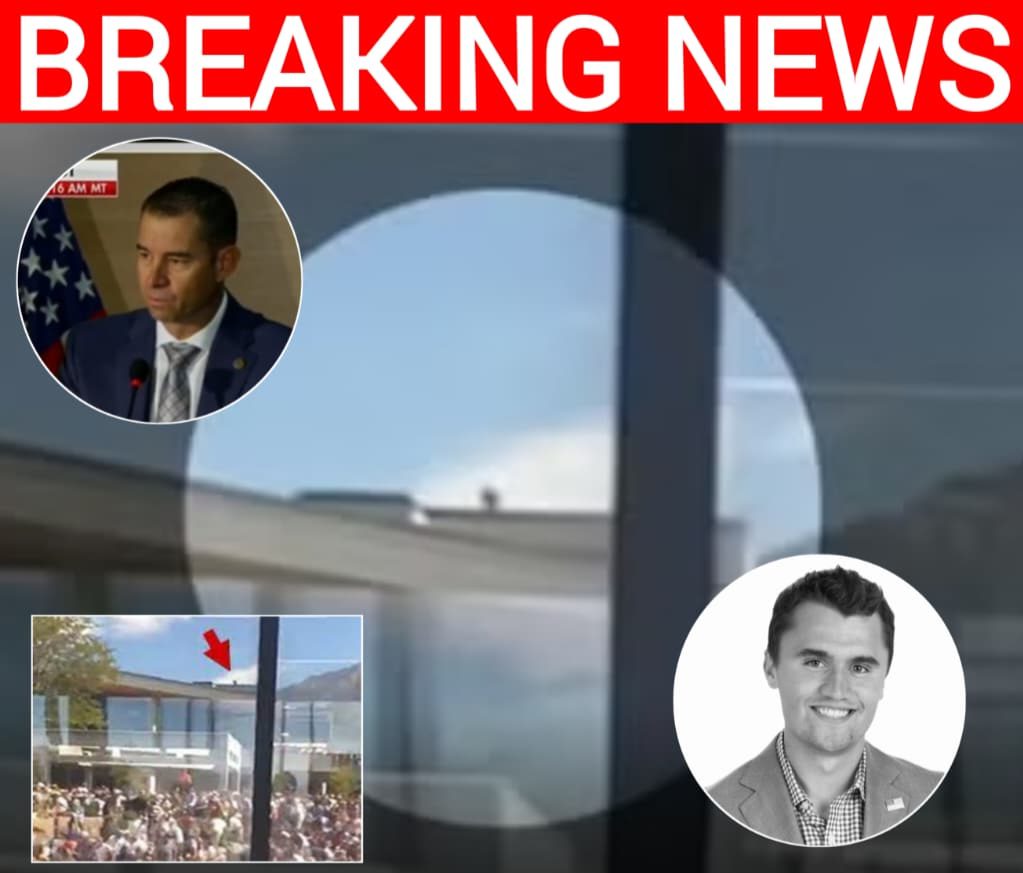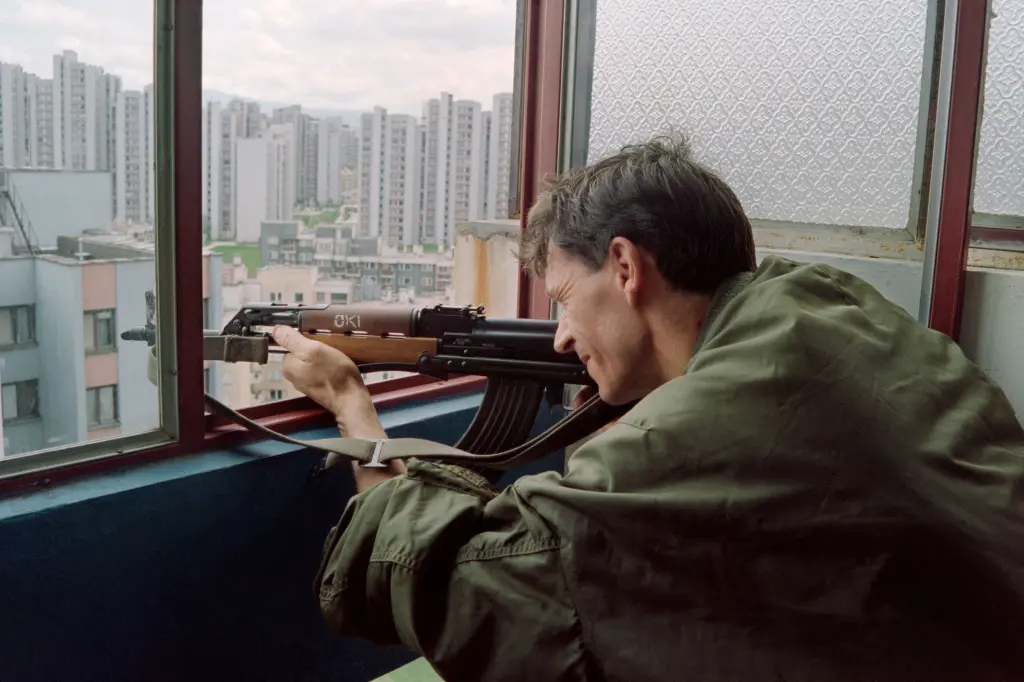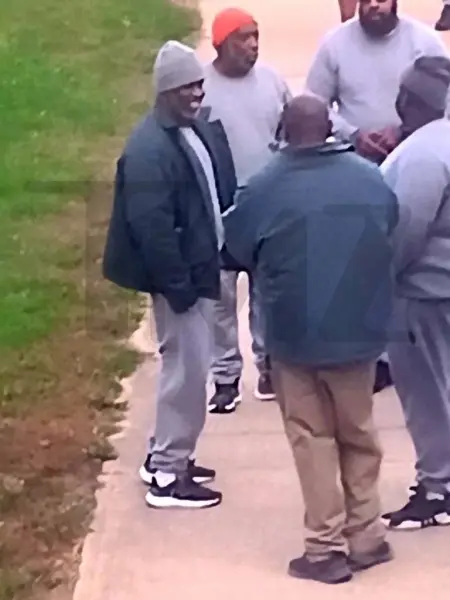Police Confirm They Have Crystal-Clear Video of Charlie Kirk’s Shooter But Refuse to Release It as Hunt Intensifies
Investigators have revealed that they are now in possession of what they describe as “high quality” video of the suspect who assassinated Charlie Kirk, but they are not making the footage public at this time. The announcement has sparked both relief and frustration, as many believe the release of the video could help the public identify the suspect more quickly. Authorities, however, remain firm in their decision, explaining that the ongoing investigation requires discretion to ensure that no evidence is compromised and no potential leads are jeopardized.
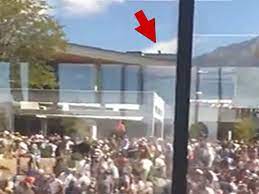
According to details provided, the suspect’s movements were carefully tracked on the day of the crime. He arrived on campus at 11:52 in the morning, walked steadily across the grounds, and made his way into a stairwell that gave him access to a rooftop. From that elevated vantage point, he carried out the shooting that has shaken communities nationwide. Witnesses say the scene was terrifying and chaotic, with people scrambling for safety as shots rang out.
After firing the fatal shots, the suspect is said to have quickly moved across the rooftop before making an astonishing escape. Reports confirm that he jumped from the rooftop down to the other side of the building and then fled into a nearby neighborhood. It was in this area that investigators later discovered doorbell camera footage that captured him during his flight. That video, along with campus surveillance, is now a key piece of evidence in the investigation.
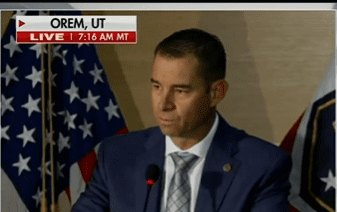
Officials have made it clear that the suspect’s face and actions are visible with remarkable clarity on the recordings, but the decision to keep the footage private has been met with speculation. Some believe law enforcement is working to confirm identities, match timelines, and ensure that releasing the video does not compromise witness statements or future prosecutions. Others, particularly those close to Kirk, are demanding transparency, arguing that the public has a right to know what investigators already see.
The authorities remain confident that the suspect will be brought to justice. Their language has been strong and direct, vowing that “he will be found.” The reassurance is important for a shaken public that is still reeling from the shocking murder. For many, Kirk was not only a political figure but also a voice that touched and inspired them personally. The idea that his killer is still out there feels unbearable, yet the news that clear video evidence exists has given many hope that the end of the manhunt is near.
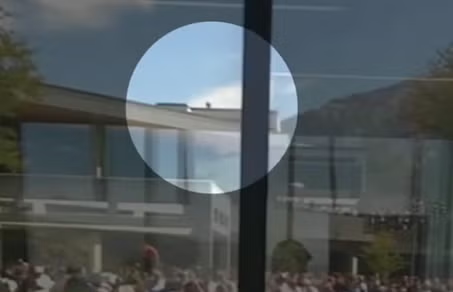
While frustration brews over the secrecy surrounding the video, experienced investigators stress that such caution is normal in high-profile cases. Releasing evidence too soon could complicate matters, encourage false tips, or even give the suspect time to adapt his behavior. By keeping the footage secured for now, investigators are buying themselves the space to follow strong leads without interference from public speculation or misinterpretation of the visuals.
The story is still unfolding, and each new detail only deepens the emotional impact. A manhunt is active, detectives are combing through leads, and the public waits anxiously for the next update. In the midst of the sorrow and anger, there is also determination. The message coming from law enforcement is unwavering: the suspect’s face may be hidden from the public eye for now, but he cannot hide forever.
